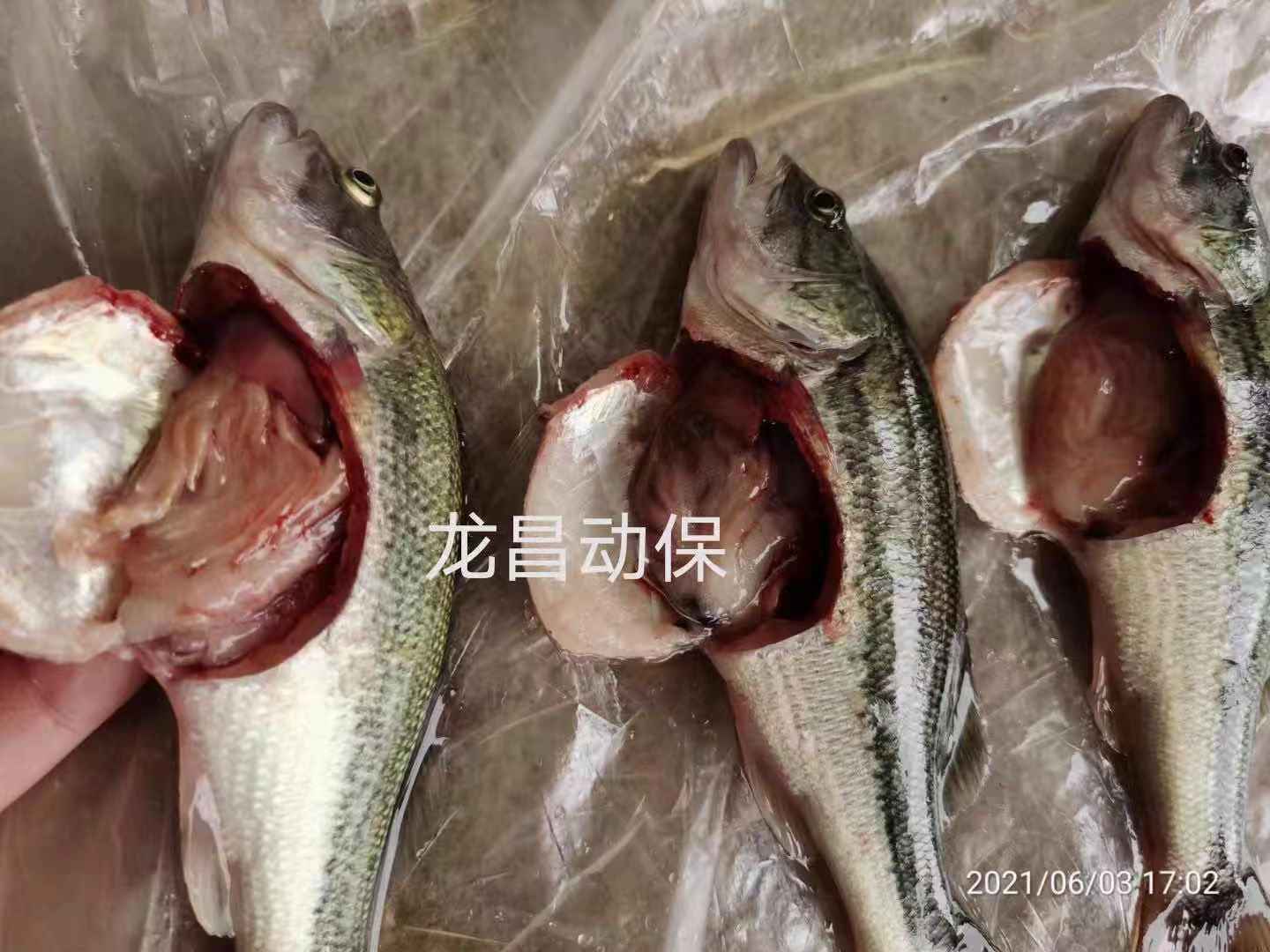Supplementation of bile acids protect fish liver health

Let me give an example. This is the diet composition of Norwegian salmon feeds in back 1990. Marine ingredients accounted for about 90% of total ingredients. The use of marine resources has been decreasing over years, being as low as 25% in 2016. The plant ingredients have been increasingly used to replace the marine ingredients, accounting for about 60%.
Ten years ago, our team started the researching work related to using plant protein as fishmeal alternatives in sea bass, largemouth bass and common carp.
In these studies, we found independent of fish species and duration, fish all showed low feed intake when more than 50% fishmeal was replaced by plant protein.
We also found that dietary higher plant protein significantly increased the cholesterol accumulation in plasma as well as in the liver. The cholesterol accumulation could be related to the disturbance of bile acid status in fish, such as increasing bile accumulation in liver and decreased excretion into intestinal digesta.
We further suggest that plant proteins-based alter bile acid status in fish and then diminish lipid digestibility and cause metabolic liver disease. Looking at the liver figure below, the pale look indicates excessive lipid accumulation in liver. Based on the severity of fatty liver, the histological sections were assigned a rank ranging from normal to fatty liver to micro vascularization. Fish fed plant protein-based diet showed higher percentage of unhealthy liver.
Regarding the bile, probably we all know, the main function of bile is to digest and absorb lipid. Bile can also improve the absorption of other fat-soluble nutrients, such as vitamins A, D, E, K. Moreover, bile acids could enhance glucose absorption/transport, regulate cholesterol levels as well as alter gut microbiota composition.
For disturbances of bile acid statues, there are two main causes have been proposed to explain this situation:
(i) decreased reabsorption; and/or
(ii) decreased synthesis.
In terms of the former, this has been attributed to
(i) ANF-induced intestinal inflammation that reduces their absorptive function; and/or
(ii) various compounds within plant proteins that may bind with bile salts and thus prevent their reabsorption.
In terms of reducing bile acid synthesis, this has been attributed to two main factors:
(i) lower amounts of cholesterol in plant-based proteins; and/or
(ii) disruptions to the hepatic rate-limiting enzyme.
The situation of disturbances of bile acid status can worsen with increased incorporations of plant-based proteins in aquafeeds, but also may be mitigated by dietary inclusion of some bile acids. For human , bile acid salts, such as UDCA, has been widely used as clinical treatment for liver diseases.
Regarding fish, many studies showed that dietary bile acid supplementations could benefit the growth, lipid metabolism, and the composition of gut microbiota, but the beneficial effects were dependent on fish species, bile acid type and level.
In our group, we found dietary bile acid inclusions could increase growth performance and decrease the lipid accumulation in liver of common carp.
Moreover, dietary bile acid inclusions could mitigate liver disease and improve liver health. Such findings have been found in largemouth bass and common carp.
Another paper we published at the beginning of this month.
This study showed dietary bile acids could decrease FCR, HSI and liver lipid content, and then improve growth of common carp. For health, bile acid reduce liver apoptosis, cholesterol accumulation and gut inflammatory responses, while bile acids synthesis and anti-inflammatory responses increased significantly. These beneficial effects could be attributed to the regulation of bile acid and microbial profile.
In the future, we are goring to explore the potential mechanism of occurrence and development of metabolic liver disease induced by plant-based protein, especially the crosstalk of bile acid metabolism and microbiota




